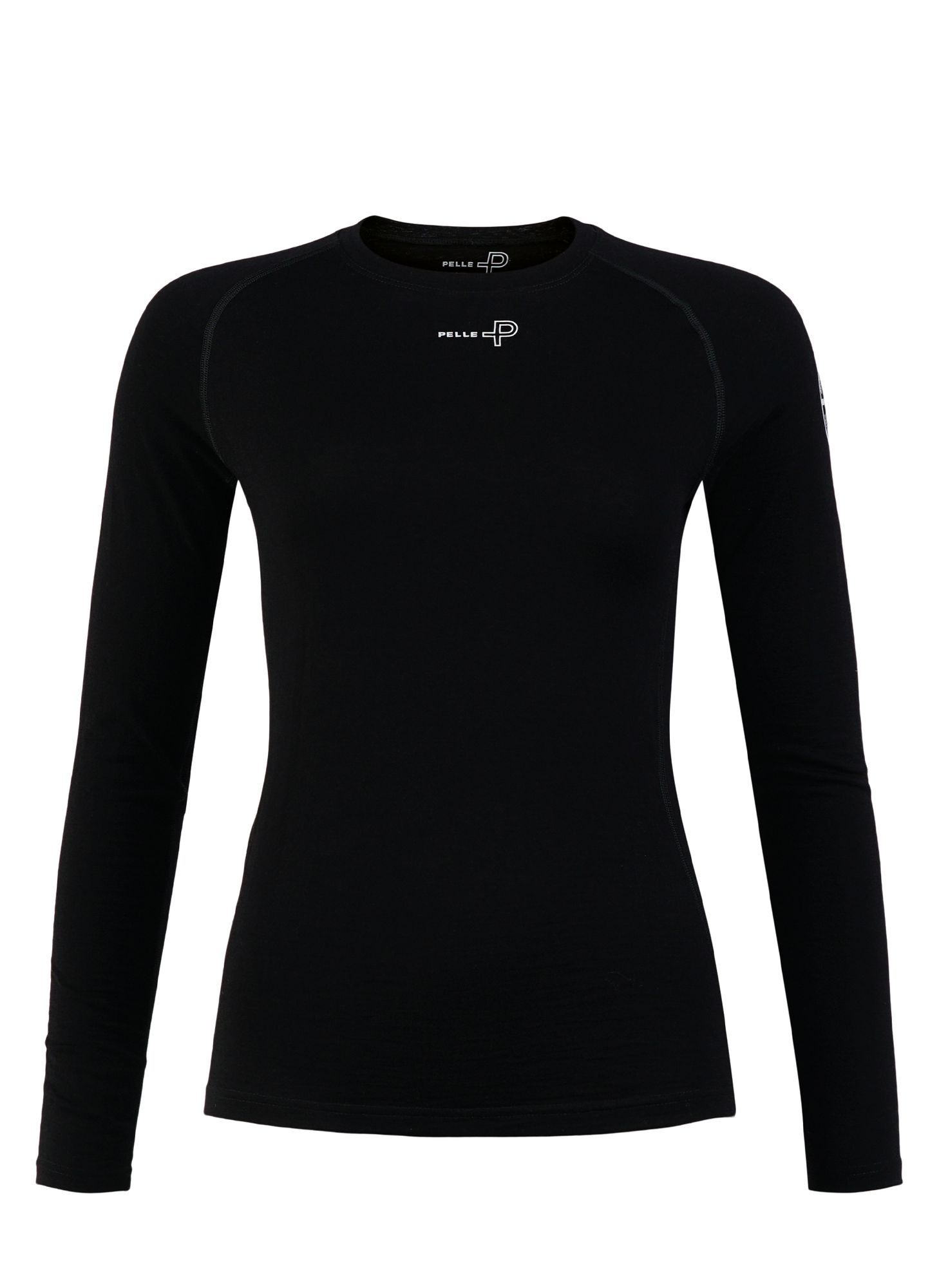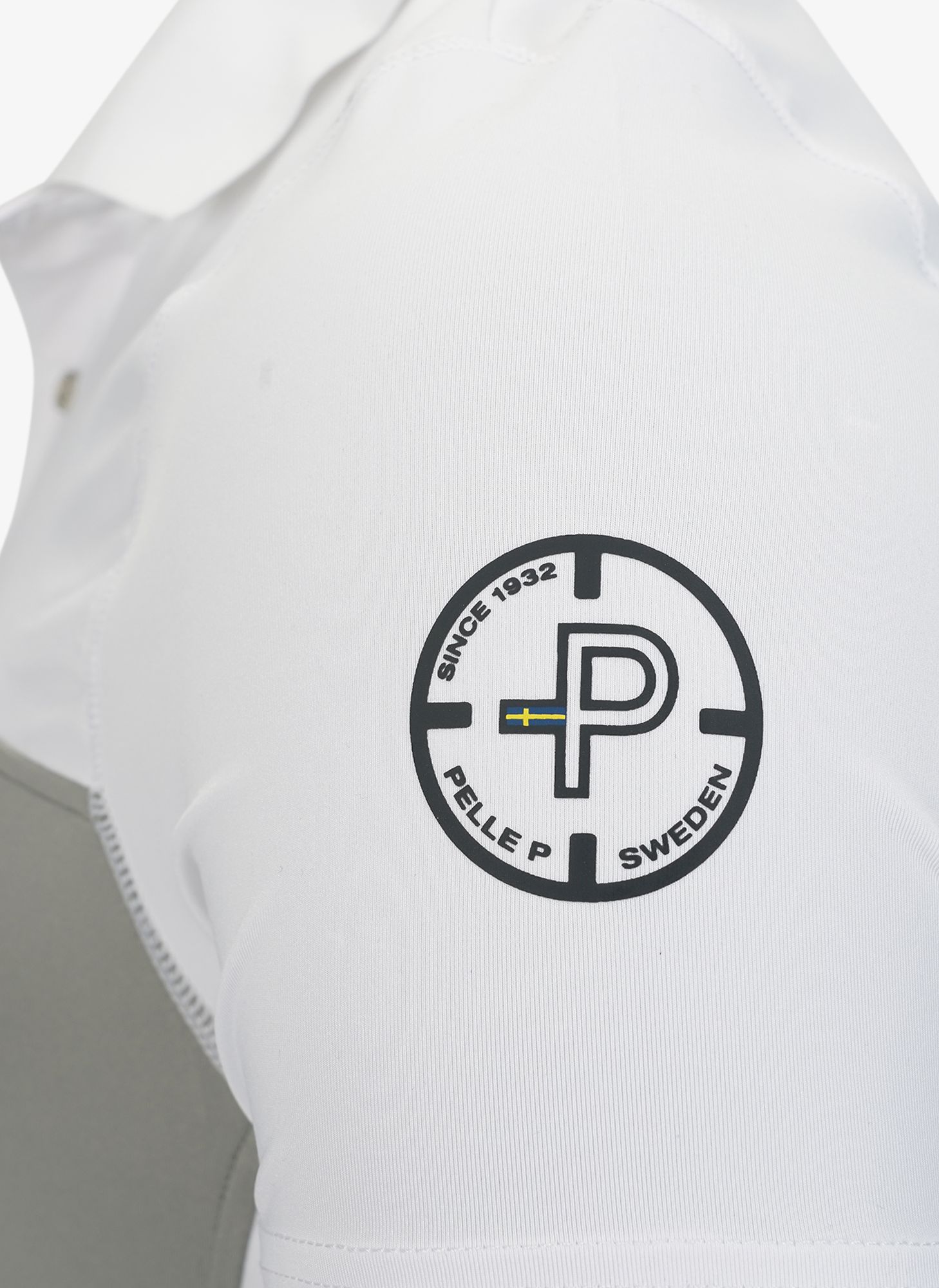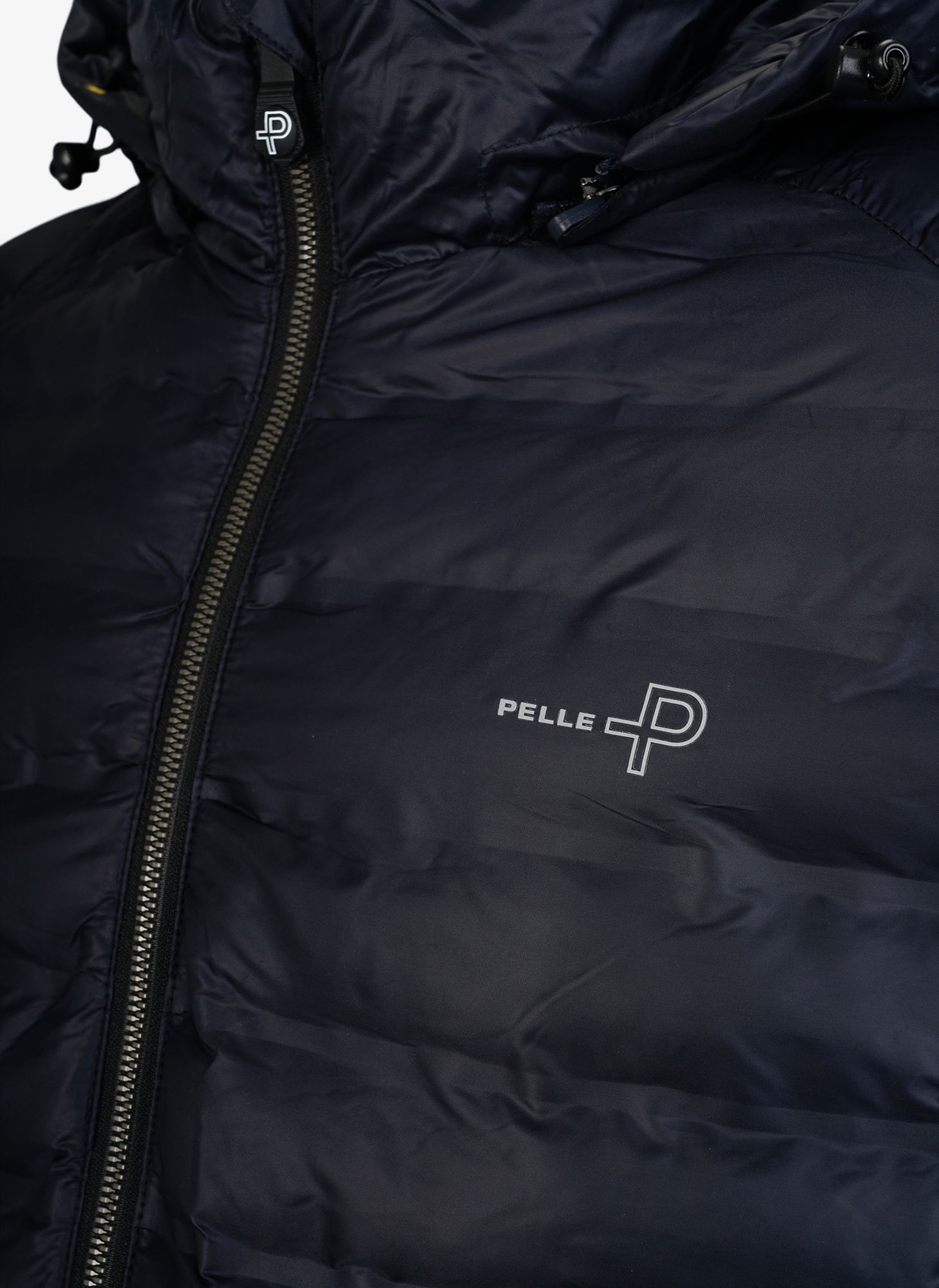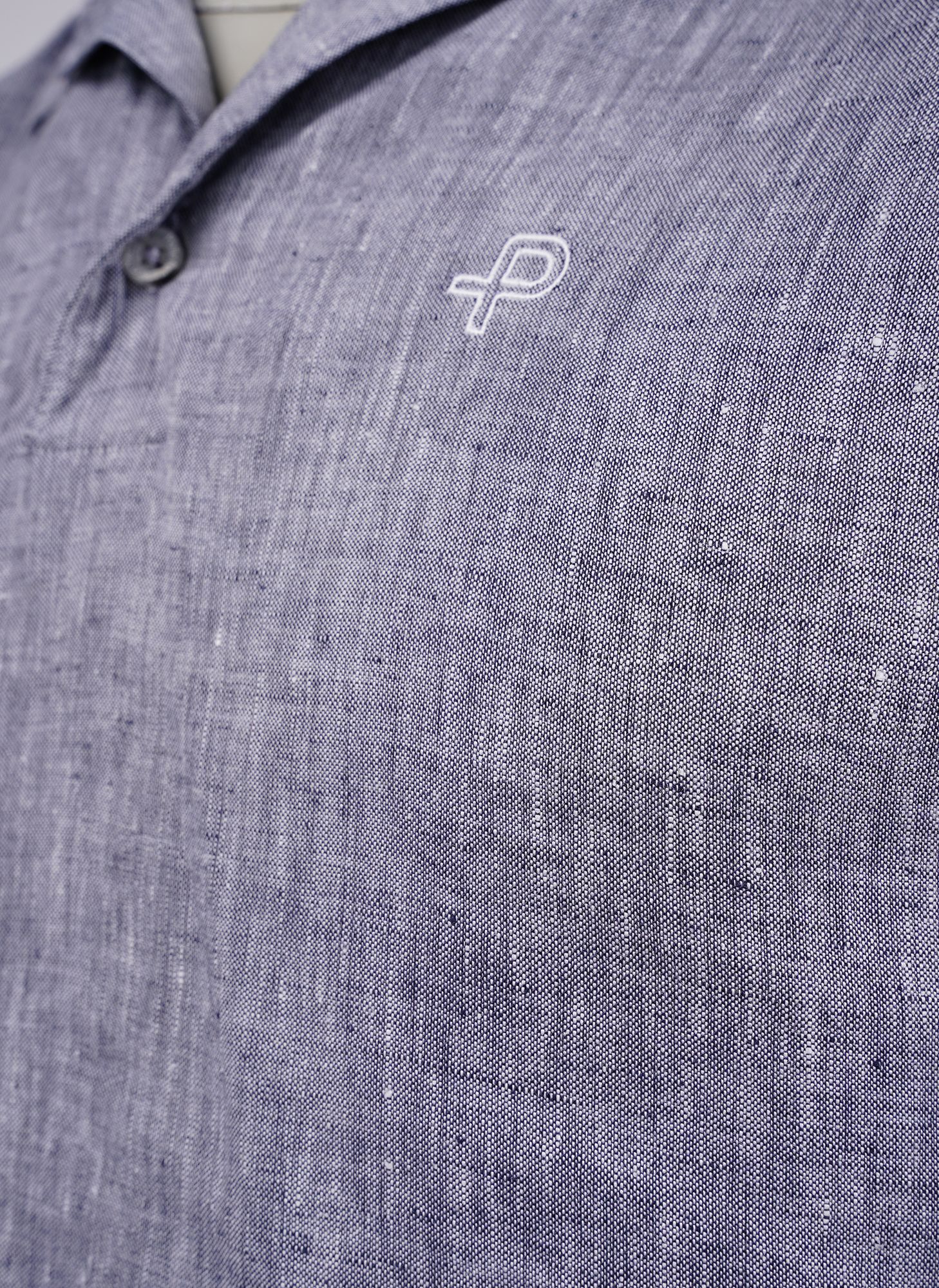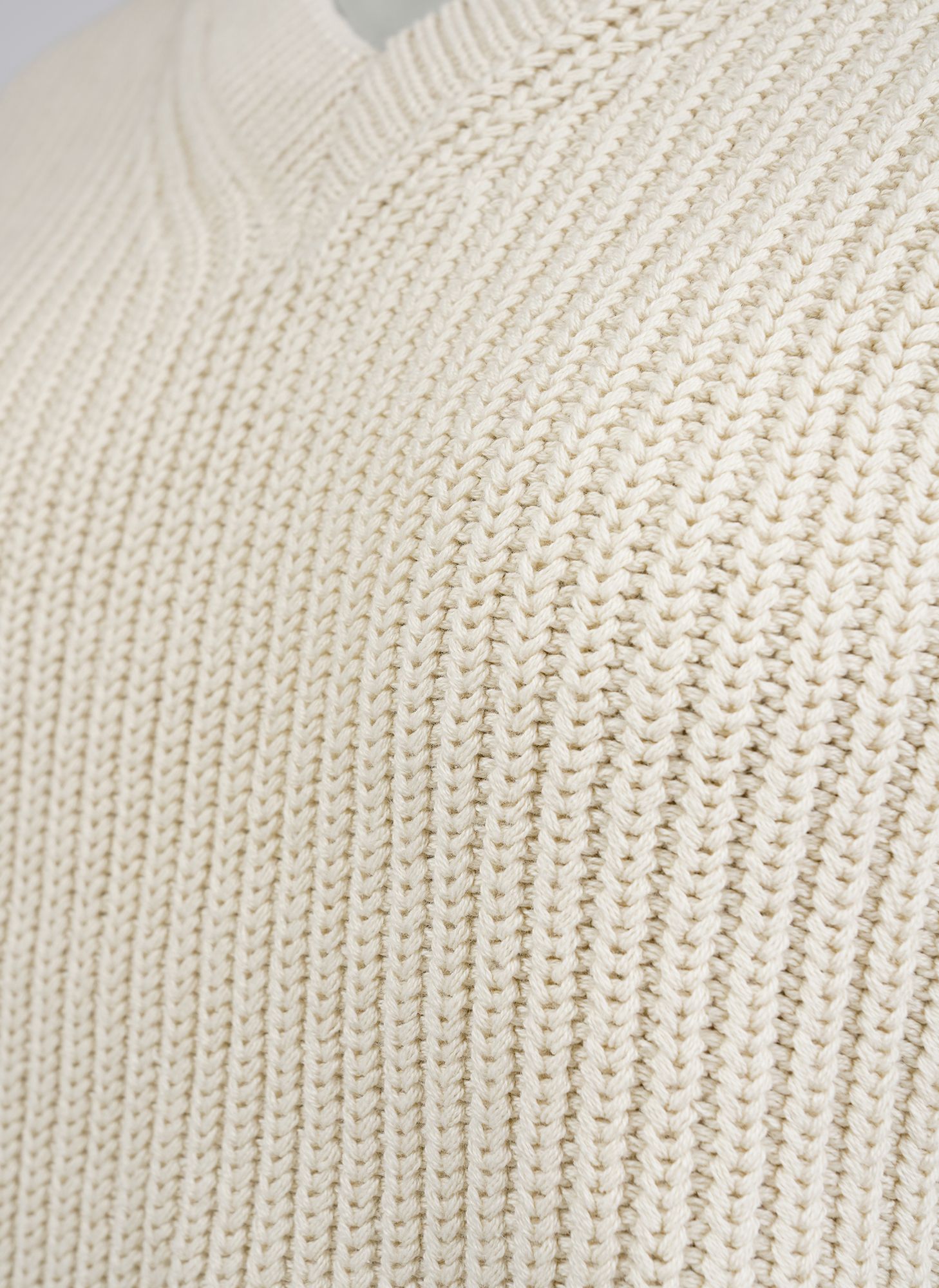 Austria
AustriaMy Favorites
No favorites yet.
shopcart
Varukorgen är tom

How to take care of your garments!
By taking care of your clothes and washing them correctly, you can both increase their lifespan and decrease your environmental impact.
Wash less!
By washing your clothes less often you save energy, water and reduce chemical waste. Of course you shouldn’t let your things get too dirty – it can reduce functionality, like breathability and how water proof a garment is, but…
- Studies show that only 7% of clothes in your laundry basket are actually dirty, the other 93% are simply used and have ended up there for various reasons. Therefore, we ask you to think twice before you toss a garment in the hamper. You save both time and the environment.
- Airing a garment is often just as effective as washing it. Especially if you only need a refresh and do not have any stains. Hang the garment on a hanger in the bathroom when you take a shower and the steam will freshen it and smooth out any stains.
- Accident? Wash the stain, not the rest of the garment. This will massively increase the lifespan of your favorite clothes.
Wash right!
Follow the laundry guide to increase the lifespan of your favorite garments.
- Use the right products for your garments – using the wrong detergent can ruin a garment. There are special detergents for functional wear and membrane garments.
- Use eco-friendly products when you can and use the energy saver program on your washing machine
- Always follow the laundry guide: different materials need to be washed at different temperatures and with different spin cycles.
- Avoid fabric softener, not just for the environments sake, but also for the garment – many performance garments lose their functionality when you use fabric softener.
- Lower the temperature; don’t wash things warmer than necessary. Modern washing machines are as effective at 30-40 degrees as 60.
- Do not use too much detergent; it does not make the clothes cleaners.
- Do not hand wash! Most washing machines have (hand) wash programs that are actually gentler on the clothes than actual handwashing. When washing a garment in the faucet you often use too warm water and twist the garment, which can break the fibers.
- Use a laundry bag – especially synthetic garments benefit from being washed in a laundry bag; partially due to wear (it minimizes the risk of mill neps), but primarily to minimize the release of microfibers. Make sure to throw any fabric residue in the trash to avoid it ending up in our oceans.
- Drying – avoid using a dryer, instead let your garments hang dry, it saves both the clothes and the environment.
10 quick ones
- Wash less
- Air your clothes
- Use the right detergent
- Avoid fabric softener
- Always wash a full load
- Use a laundry bag
- Close the zippers
- Avoid the dryer
- Do not use to much detergent
- Wash at low temperatures
How to take care of different materials
Wool
Wool has a self-cleansing/antibacterial property, which makes it resist stains and odors better than most other materials and fibers. This is why wool garments do not need to be washed as frequently as for example synthetic garments. To give your garments a refresh between washes:
- Air them outside, it helps the fibers self-cleanse. The best effect is achieved when it is cold outside.
- Hang the garments on a hanger in the bathroom when you take a shower for a quick steam.
When you do wash your wool garments:
- Use special wool detergent – regular detergent makes the fibers porous and destroy their properties, increasing the risk of holes occurring.
- Always follow the laundry guide.
- Wool garments absorb a lot of water when washed and can get very heavy. Avoid stretching by letting them dry on a flat surface, on a towel or across multiple hang lines.
- To avoid damaging the fabric, don’t use clothespins.
Functional Wear/Workout Gear
Most garments are tossed in the laundry hamper after only one use, which is unnecessary, but using workout gear multiple times is not always so pleasant – they are often sweaty and smelly after a single use. That is why it is extra important to wash them gently.
- Always follow the laundry guide.
- Avoid fabric softener – it clogs up the pores of the garment, reducing breathability.
- Do not use the dryer – functional fabrics dry quickly on their own, but more importantly avoid using the dryer to minimize damage to the fabric and the stretchiness.
- Close any zippers or Velcro and turn the garment inside out.
Outerwear
Outerwear can be difficult to clean and take up a lot of space in the washing machine, meaning it takes a lot of energy to wash a few garments.
- Always start by airing your garments and wash single stains by hand, rather than washing the entire garment in the machine.
- Rinse a garment with fresh water immediately if it is sweaty or salty to avoid the pores clogging up.
- Use impregnation, wax or leave-in products to keep your garments fresh and functional for as long as possible.
- Avoid fabric softener – it clogs up the pores of the garment, reducing breathability.
- Hang dry to minimize risk of damaging the membranes.
- Speaking of membranes, they often need to be “reactivated”, this is done using heat, use the drying cabinet at a low temperature.
- Membranes tend to expand when you wash them, do not worry; they retract when the garment dries.
- Down jackets should be dried in a dryer with tennis balls to minimize the risk of the down getting lumpy and compact.
Linen
Linen is a durable natural fiber that has self-cleansing and stain resistant properties.
- Always follow the laundry guide.
- Store in a cool and dry place.
- Roll the garments rather than folding them – this prevents the fibers from breaking.
- Linen tends to give with use. Hang the garment on a hanger in the bathroom when you shower and it will contract from the steam, it will also be refreshed and smoothed out.
- Thanks to its self-cleansing properties, linen does not have to be washed that often.
- Most linen garments can be washed at 60 degrees, but using a modern washing machine the garment will get just as clean at a lower temperature.
- Use a gentle detergent and avoid fabric softener.
- Hang-dry your linen garments on a hanger to avoid creating creases. Tug gently at the seams to avoid shrinkage.
Did you know that it takes a lot less water to grow flax compared to other fibers? You also do not need any pesticides or artificial fertilizer, which is great news for the environment.
Cotton
Cotton is a durable material that gets dirty quite easily, but on the other hand can be washed at warmer temperatures.
- Always follow the laundry guide.
- Most cotton garments can be washed at 60 degrees, but we recommend washing your cotton clothes at 30 or 40 degrees - using a modern washing machine the garment will get just as clean at a lower temperature.
- High temperatures can also cause excessive shrinkage and your garments getting more compact over time.
- Avoid fabric softener – it clogs up the pores of the garment, reducing absorption properties.
- Wash your cotton garments inside out, especially if they have details like buttons, embroidery or prints.
- Gently tug at the garments after a wash, whilst they are still wet to prevent shrinkage.
General Tips & Tricks!
- Ok, fabric softener smells nice, and the fabric gets all nice and smooth… But did you know that in the long run, fabric softener makes garments less soft? It clogs the pores of the fabric and creates a coating on the textile. This destroys the original properties of the fabric, the color is dulled and the fabric starts deteriorating.
- Avoid the dryer – you know how the filter looks after a few cycles: that is evidence of how much wear and tear the dryer causes your clothes. Hang dry your garments to increase their lifespan and save energy.
- Use a laundry bag – especially synthetic garments benefit from being washed in a laundry bag; partially due to wear (it minimizes the risk of mill neps), but primarily to minimize the release of microfibers. Make sure to throw any fabric residue in the trash to avoid it ending up in our oceans.
- Does the smell not come out when you wash your workout gear? Soak them in water and white vinegar in the faucet.
- Always close all zippers before you wash your garments.
- Smooth out wrinkly clothes by taking them into the bathroom when you have a shower.
- Let your sweaty workout gear dry first, before putting them in the laundry hamper.









































